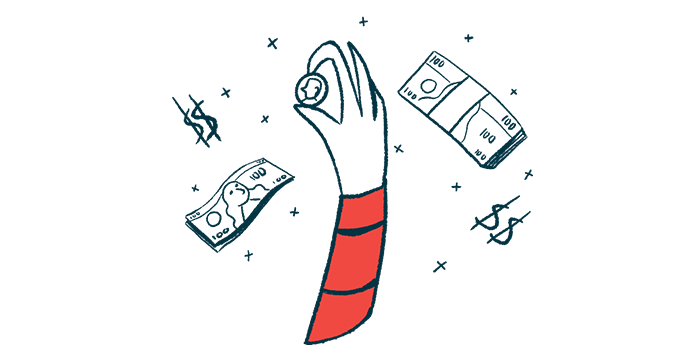Canadian Researchers to Study New Cell Types in CF
Written by |

The Canadian Institutes of Health Research (CIHR) has awarded CA$810,000 (about $637,000) over five years to researchers at the University of Saskatchewan (USask) to support their research exploring the role of two cell types in the lungs of patients with cystic fibrosis (CF).
A better understanding of how these cells function could inform the development of new CF treatments, such as gene therapy.
“It’s a real privilege to be part of a field that’s making such massive changes in the patients’ lives,” Juan Ianowski, PhD, a USask physiologist and one of the study’s lead investigators, said in a USask press release.
CF is caused by mutations in the CFTR gene, leading to a faulty cystic fibrosis transmembrane conductance regulator (CFTR) protein, which normally maintains the balance of salt and water in cells. This results in the buildup of thick and sticky mucus, especially in the lungs.
The research will focus on understanding the role of two cell types in CF lungs: pulmonary ionocytes, a rare cell type that expresses a high amount of the CFTR protein, and secretory cells, which express less CFTR, but are not as rare.
“These two cell types that we didn’t know were there before have a bunch of surprises,” said Ianowski.
Previously, the team developed methods to identify ionocytes and secretory cells in cell cultures and lung tissue, which enables them to study their function at the single-cell level.
With the new funding, they next will seek to learn more about how the cells influence disease processes in a CF pig model and in patients. To do this, a bronchoscope — a camera attached to a thin tube — will be inserted into the pigs’ airways to visualize the lung tissue and examine the cells’ behavior. After that, a similar procedure will be performed in humans.
Finally, the function of the two cell types in CF will be examined in cell cultures.
The team is hopeful its findings will help in the development of new gene therapies for CF, which could provide a healthy CFTR gene.
“To be able to do gene therapy, one needs to have a clear target: where should the gene be inserted? Understanding the cellular basis of the disease has become not just a point of curiosity, it’s a real problem for the development of the field. If we don’t know what cells we’re supposed to fix, the technique cannot be developed,” said Ianowski.
The project will involve several researchers, including two physiologists, a molecular biophycisist, two medical doctors, and a veterinarian.
“The One Health aspect is really important. This is really the only team in Canada that can do this work because of what we have,” said Julia Montgomery, a veterinarian at the Western College of Veterinary Medicine, and a member of the research team. Montgomery will be involved in the experiments in pigs.
“If we removed a single person … we would not get this grant. It’s a true collaboration,” Ianowski added.
The research team anticipates its findings will help treat the patients in whom currently available CFTR modulators are ineffective.
“As a physician, I wish I had highly effective therapies available for all of my patients,” said Julian Tam, MD, one of the lead investigators, a USask respirologist, and the director of the Saskatoon Adult Cystic Fibrosis Clinic. “It can be challenging for patients and their loved ones given that there is not a highly effective CFTR modulator available to them.”
Ianowski added: “I think there is a bright future. Gene therapy is hard, and it’s going to be a lot of work ahead, but there is a real shot. No one knows the future, but there are reasons to be optimistic.”







